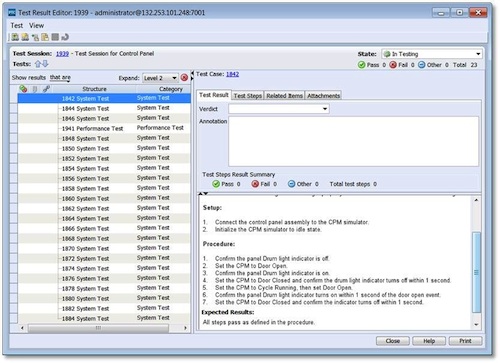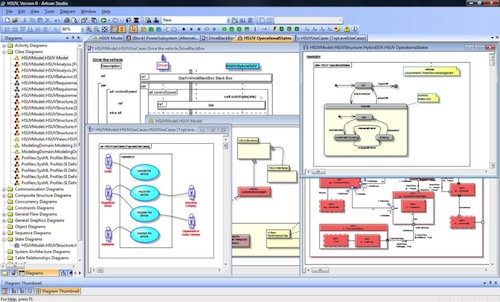PTC Parlays Acquisitions into Systems Engineering Payoff

Latest News
November 24, 2014
PTC has spent the last several years in acquisition mode, amassing technology to help it build out a compelling systems engineering story. The fruits of that strategy are now ready for prime time as the firm just announced its first integrated solution built on that technology platform.
The PTC Systems Engineering Solution is a packaged offering that ties together the Integrity Application Lifecycle Management (ALM) products with Atego, a suite of architectural modeling and Model-Based Systems Engineering (MBSE) solutions. As an integrated portfolio of products, the PTC Systems Engineering Solution is designed to help companies across industries develop the next generation of “smarter, connected” products, as PTC likes to say, which require a significantly higher level of cross-disciplinary collaboration.
 PTC’s Systems Engineering Solution integrates the Integrity Application Lifecycle Management (ALM) products with Atego’s model-based systems engineering solution. Image Courtesy of PTC
PTC’s Systems Engineering Solution integrates the Integrity Application Lifecycle Management (ALM) products with Atego’s model-based systems engineering solution. Image Courtesy of PTCWhile aerospace and defense have been at the systems engineering discipline for decades, mainstream industries like consumer electronics are now starting to follow suit. As products from home thermostats to cars maintain a deeper reliance on embedded software and a higher degree of variability, there’s a requirement for an integrated development platform that ties together system requirements, system modeling, and validation, according to John Wylie, PTC’s vice president of Systems Engineering Solution Management.
“The world is getting more complicated for our customers and it elevates the way they need to handle things more systematically at a systems level,” he explains. This new offering, an evolution of the individual products PTC has marketed for the last year or so, is designed to help companies understand their customers’ needs and architect the system design before having specifics on the detailed design work. “This comes before and after traditional PLM,” he explains. “It’s about making sure market requirements are met, that the virtual prototype is validated, and that testing is performed and the results meet the needs of the customer.”
The PTC Systems Engineering Solution includes:
- PTC Integrity, for system requirements and validation;
- Atego Asset Library, for collaborative asset management and reuse;
- Atego Modeler, for collaborative, scalable architectural modeling and model-based systems and product line engineering; and
- Atego Process Director, for process authoring and deployment, including out-of-the-box systems engineering best practices.

The components are intended to help organizations design products with a collaborative MSBE approach, which PTC, citing analyst research, says aids in delivering 23% more projects on time, at 62% lower cost than alternative approaches. To facilitate an MBSE approach, the PTC Systems Engineering Solution supports requirements engineering, including the ability to capture and communicate the voice of the customer; system design; and trade-off analysis of design options.
The platform also fosters the reuse of system artifacts through capabilities such as modular design, product line modeling, and requirement, model and test reuse. To facilitate the validation workflow, the platform has capabilities for model verification, test management, traceability and governance.
Watch this video to hear PTC execs explain the company’s vision for a systems engineering portfolio:
Subscribe to our FREE magazine, FREE email newsletters or both!
Latest News
About the Author
Beth Stackpole is a contributing editor to Digital Engineering. Send e-mail about this article to [email protected].
Follow DE





